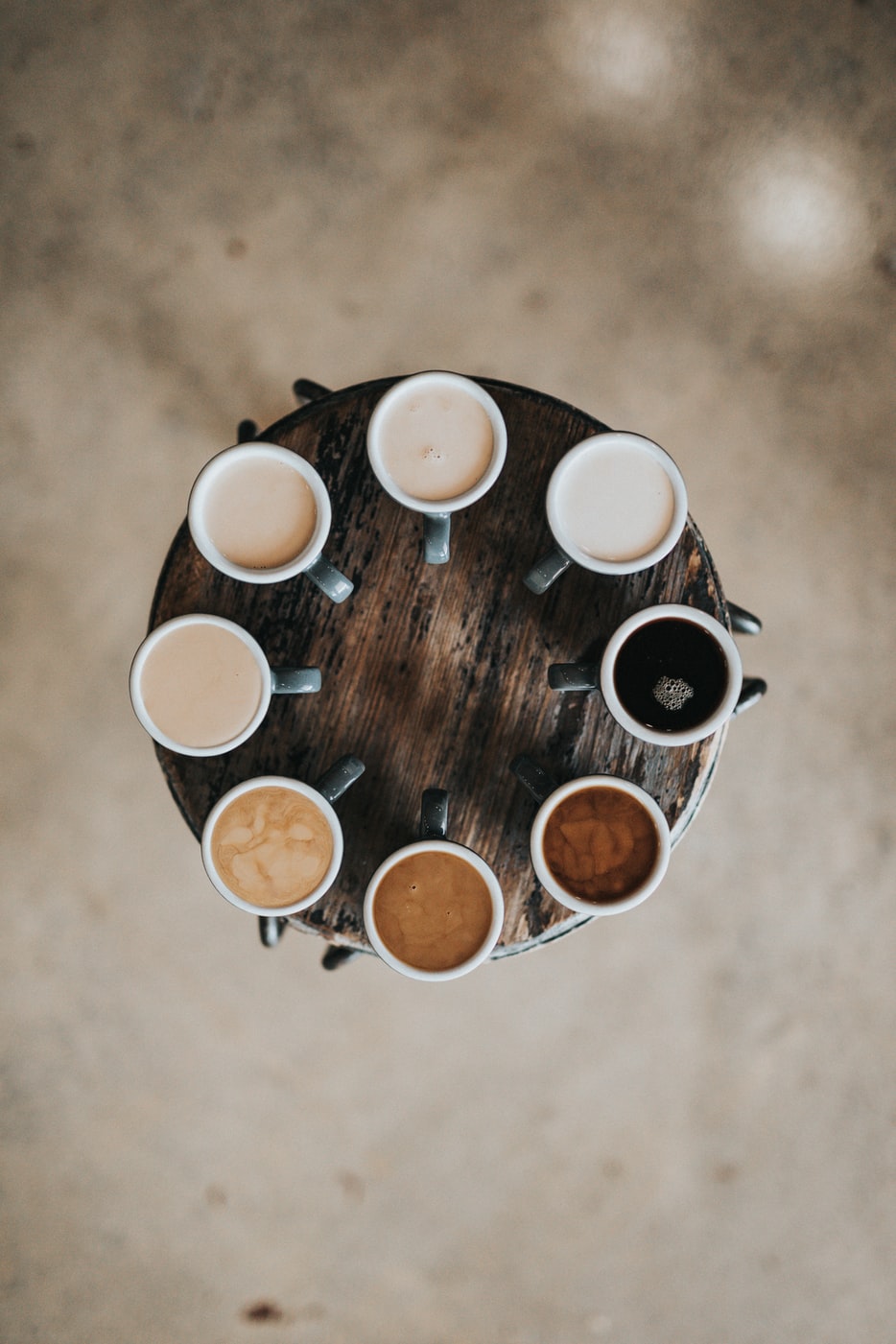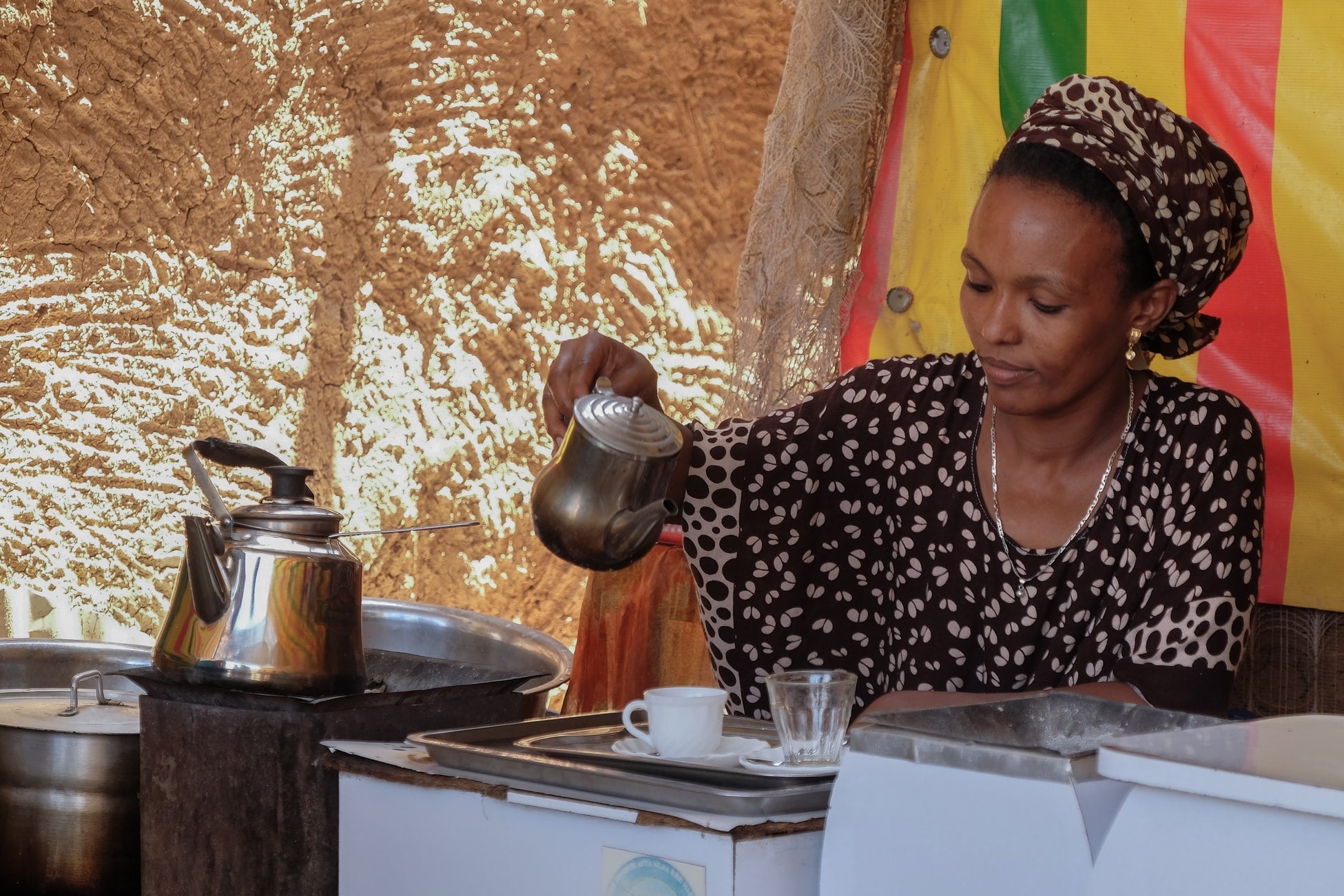
Finding the Right Brew for You: How to Choose the Perfect Coffee Roast
From your favorite coffee shops to supermarkets to specialty roasters like Reveille, coffee beans come in a wide variety of roasts. You may find yourself asking, “Which one am I going to like best?”
To save you from a trial-and-error taste test, we are here to help you on your coffee journey. Here are the differences between light, medium, dark, and espresso beans.
Light
Also Known As: New England, Half-City, Light City, Cinnamon, Blonde
Lightly roasted coffee beans are typically light brown in color and lack an oily surface. These beans offer a high level of acidity, a smooth body, and vivid flavors. During a light roasting, the coffee beans often accumulate internal temperatures of approximately 350°F-400°F where beans nearly reach what is called “first crack”, a phase where the vapors within the beans break through the outer shell which gives off a cracking sound.
This stage in the roasting process makes the beans ideal for tasting the distinct profiles between coffees from differing countries of origin. Those who enjoy experimenting with new coffee flavors may be pleasantly surprised by the extreme citrus, floral, or earthy notes.
Light-roasted beans are best for non-pressure brew styles, like pour over coffee or cold brew coffee.
Medium
Also Known As: City, American, Breakfast, Regular
Medium roast coffee beans are a deeper brown color and have a slightly oily surface. This type of coffee has a well-rounded flavor profile with moderate acidity and body. A medium roasted coffee bean reaches an internal temperature of around 410°F-430°F which occurs between the first and second crack.
Roasting at this level helps to maintain the distinct flavors of the coffee’s source while also reaching into the rich, caramel-like sweetness of a longer roast. Certain tasting notes of a light roast may be eliminated, but it is a fair trade for improved balance in taste.
Medium roasts are often highly recommended by coffee roasters because they taste less bitter and intense but are still enhanced by the coffee’s natural flavoring.
Check out our Costa Rican, Peruvian, or Honduran beans for a satisfying medium roast coffee.
Dark
Also Known As: High, Continental, New Orleans, European, Viennese, Italian, French
Dark roast coffee is a dark brown color and often has a shiny, oily surface. These coffees have a low acidity, heavy body, and tend to reveal deeper, fuller flavors. Beans being dark roasted reach an internal temperature of anywhere from 435°F- 480°F after the occurrence of the second cracking noise.
Coffee beans roasted at this level tend to have lost many of their origin characteristics. However, dark roasts are far from dull. Dark roasting usually adds to the development of bold flavors by enhancing notes such as chocolate, nuts, and caramel.
We highly recommend trying our Colombian and Mexican for a great dark roast coffee experience.
What About Espresso Beans?
Espresso coffee beans fit into the dark roast category, as these beans offer the less acidity and more body than other roasts.
What differentiates espresso beans is the combination of its roast and preparation. To make espresso, you use a finer ground coffee than that usually used for drip coffee. Then, the espresso machine uses pressure and steam to force water through the grounds. This tends to over-extract the flavors and oils in the beans, thus giving espresso its thick, creamy texture and bold taste. Espresso does not retain its quality when stored or reheated, so make sure you drink it fresh!

